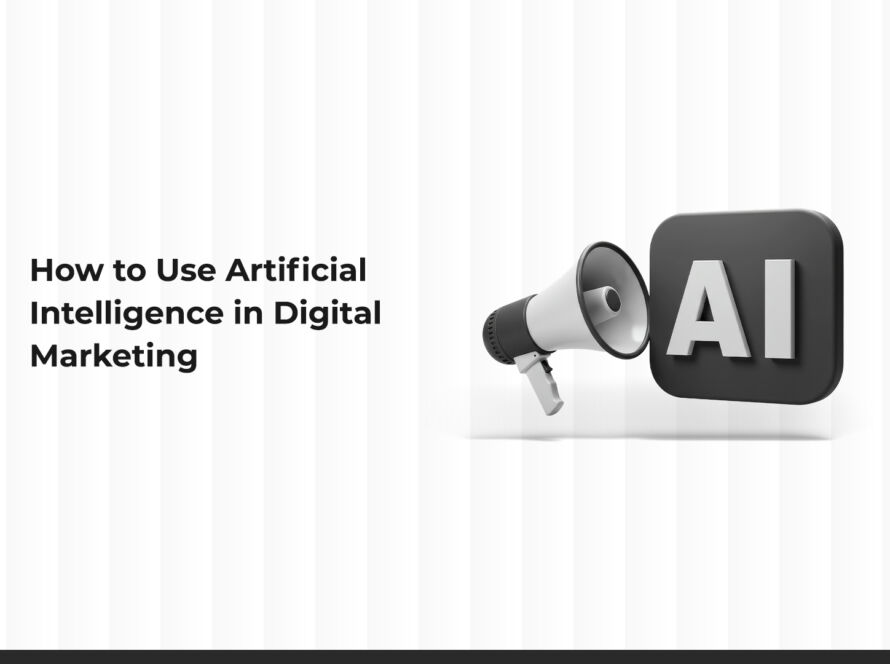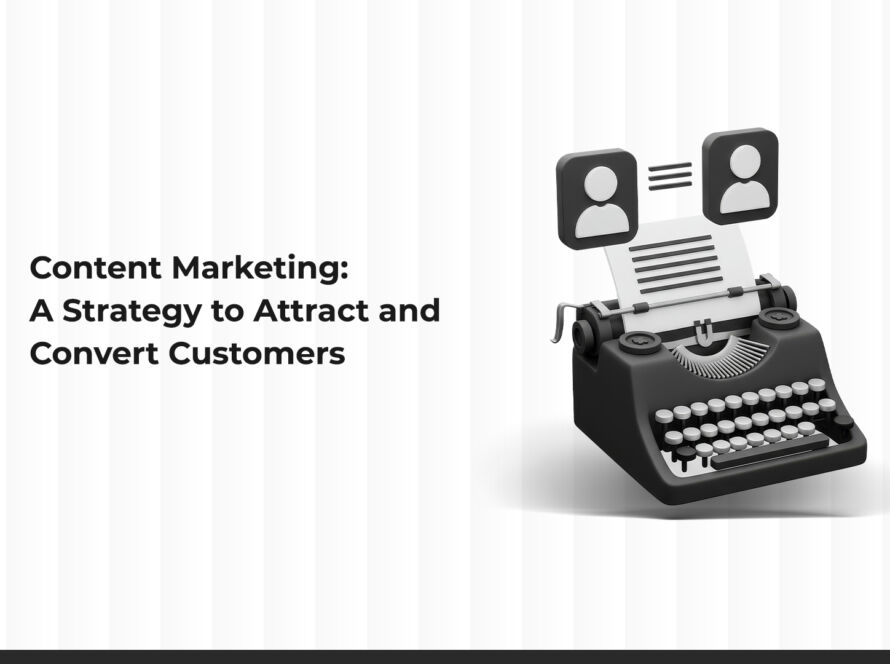Email marketing is one of the most powerful tools digital marketers rely on to increase customer engagement. Well-crafted email campaigns can boost open and click-through rates and enhance the reach of newsletters and promotional offers to the target audience. In this article, we’ll explore the best email marketing strategies to increase engagement, highlighting the elements of successful promotional email design and techniques to improve open and click-through rates.
1. Understand Your Target Audience
The first step in building successful email campaigns is to deeply understand your target audience. Marketers should identify customer characteristics such as age, interests, geographic location, and purchasing behavior. This understanding allows for personalized messaging that aligns with customer needs and preferences, increasing the likelihood of email opens and interactions.
For example, newsletters that offer useful and educational content tend to have a greater impact on specific audiences compared to general promotional messages.
2. Design Attractive Promotional Emails
Email design plays a key role in capturing the recipient’s attention. It should be simple, well-organized, and focused on the core message. Best practices for email design include:
- Using visuals and infographics: Images help deliver information quickly and make emails more engaging.
- Clear text formatting: Use legible fonts and sufficient white space for easy reading.
- Call-to-action (CTA) buttons: Ensure CTAs are visible and compelling to guide the reader to take the desired action, such as clicking a link or completing a survey.
- Mobile responsiveness: With increased smartphone usage, it’s crucial that emails adapt to all screen sizes.
These design elements help create more readable and interactive emails, leading to higher open and click-through rates.
3. Write Personalized and Relevant Content
Customized and well-written content is one of the most critical factors in email campaign success. Content should add real value to the reader by offering new information or solving their problems. Here are some tips:
- Use friendly, simple language: This fosters a sense of trust and familiarity between sender and recipient.
- Focus on benefits: Rather than listing product features, highlight how these features improve the customer’s life or solve their issues.
- Break content into short sections: Use subheadings and concise paragraphs to enhance readability.
- Personalization: Including the recipient’s name adds a personal touch and boosts engagement.
This approach transforms an email from a generic promo message into an interactive communication tool that reflects the brand’s interest in its audience.
4. Improve Open and Click-Through Rates
Enhancing open and click-through rates is a key objective of email campaigns. Strategies include:
- A/B Testing Subject Lines: The subject line is the primary factor influencing email opens. Test multiple variations to determine the most compelling.
- Optimal Send Timing: Choose the best time to send emails by analyzing previous engagement data to find when your audience is most active.
- Audience Segmentation: Send tailored messages to different audience segments based on their interests, which improves content relevance and engagement.
- Ongoing Testing and Analysis: Regularly review open and click data to identify strengths and weaknesses of each campaign.
These strategies help build sustainable relationships with customers and enhance overall campaign performance.
5. Use Newsletters as a
Tool for Ongoing Engagement
Newsletters are a great way to stay in continuous contact with customers. They’re not just promotional tools but also provide valuable knowledge and rich content. To maximize newsletter impact:
- Consistent schedule: Sticking to a regular schedule builds anticipation and trust among readers.
- Content variety: Include educational articles, market reports, tips, tricks, or exclusive offers to keep content fresh and engaging.
- Encourage interaction: Invite readers to participate in surveys or ask questions to foster two-way communication.
- Include links to in-depth content: Direct readers to blog posts or landing pages for more information, increasing click-through rates.
This makes newsletters a two-way communication bridge between the brand and its audience.
6. Analyze Data and Use Analytics
Tracking performance through analytics tools is essential to improving email campaigns. Email marketing analytics can monitor:
- Open and click-through rates: See how many recipients opened the email and interacted with links.
- Conversion rates: Track how many users completed the desired action, like making a purchase or signing up.
- Bounce rates: Identify how many emails didn’t reach recipients to address database issues.
- In-email behavior: Understand which parts of the email users engage with the most to optimize design and content.
Leveraging this data allows marketers to continuously refine campaigns and achieve better results.
7. Leverage Advanced Technological Tools
Modern technologies are vital for the success of email campaigns. Useful tools include:
- Email automation platforms: Schedule and personalize emails based on user behavior, providing a tailored experience for each recipient.
- Customer Relationship Management (CRM) systems: Organize customer data and improve audience segmentation.
- AI and predictive analytics: These tools suggest the best sending times and preferred content types for each audience segment.
Using these tools helps marketers execute more accurate and efficient email campaigns.
8. Importance of A/B Testing and Continuous Experimentation
Success doesn’t stop after launching a single campaign. Ongoing A/B testing is crucial to discovering what works best for your audience. You can experiment with:
- Subject lines: Test different formats to identify which ones yield higher open rates.
- Email design: Try various layouts and visual elements to see which ones drive more clicks.
- Message content: Explore different text styles or storytelling methods to boost engagement.
These experiments help you reach the best-performing version of your email campaign.
9. Prioritize the User Experience
User experience should be a top priority in email marketing. This includes:
- Fast loading times: Ensure emails load quickly to avoid user frustration.
- Easy navigation: Create responsive designs that work across all devices to improve the user experience.
- Simple unsubscribe options: While the goal is engagement, making it easy to unsubscribe demonstrates brand transparency and builds long-term trust.
Respecting the user’s preferences encourages positive interaction with your brand.
10. Build Trust and Long-Term Relationships
Ultimately, building trust is a core goal of email marketing. To do that:
- Transparency and honesty: Ensure emails are genuine and contain realistic promises.
- Consistent communication: Regular contact keeps your brand top-of-mind and strengthens the relationship.
- Respond to inquiries: Provide technical support and quick responses to customer questions to foster long-term loyalty.
These strategies turn email marketing into a powerful communication channel that boosts engagement and enhances customer relationships.
Adopting the best email marketing strategies requires a deep understanding of the target audience, attractive email design, and delivering personalized, valuable content. By focusing on improving open and click rates, using modern analytics tools, and conducting A/B tests, marketers can achieve outstanding results. Prioritizing user experience and building relationships based on trust are key to long-term success in this field. With these strategies, companies can significantly boost customer engagement and achieve a high return on investment in their email marketing campaigns.



